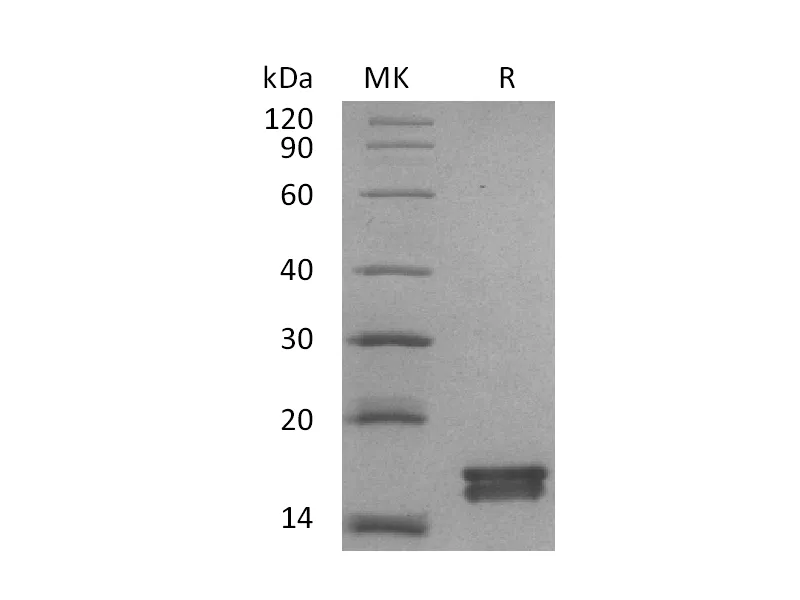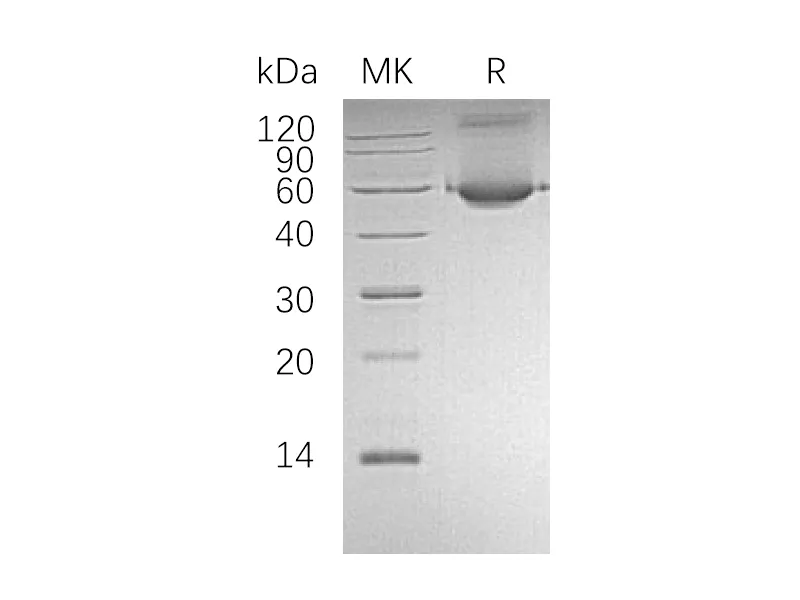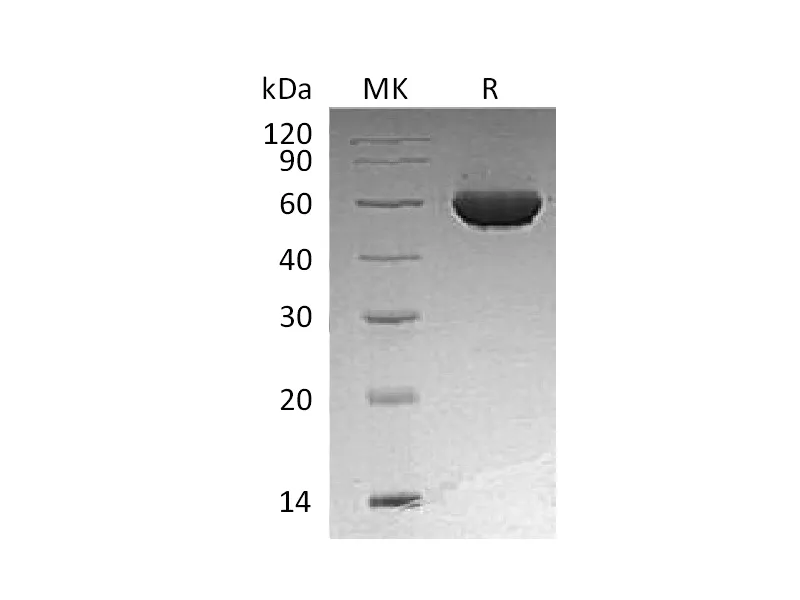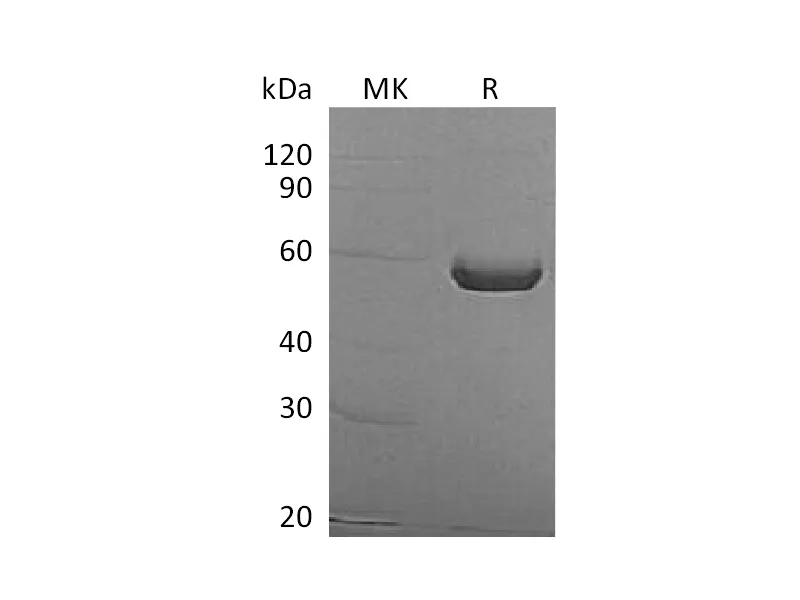Alternative Names
Vinculin; Metavinculin; VCL
Background
Vinculin is a focal adhesion and cytoskeletal protein that distributed mainly at cell-cell junctions and cell-extracellular matrix (ECM) adhesion that belongs to the Vinculin/α-Catenin family. Vinculin is an Actin-binding protein and component of the Actin-Linking Functional module that senses and feels the mechanical properties of the extracellular environment. Vinculin is also a key factor that couples, transmits, transduces, and regulates mechanical force between the cytoskeleton and adhesion receptors. Vinculin generally forms two structural states, an open (active) and closed (inactive) state, which are controlled by conformational interaction(s) between the head and tail domains. Vinculin is involved in the mechano-chemical signal transmission of cells by binding to a variety of focal adhesion or cytoskeletal proteins, and plays important roles in cell adhesion, extension, motion, proliferation and survival.
Note
For Research Use Only , Not for Diagnostic Use.




